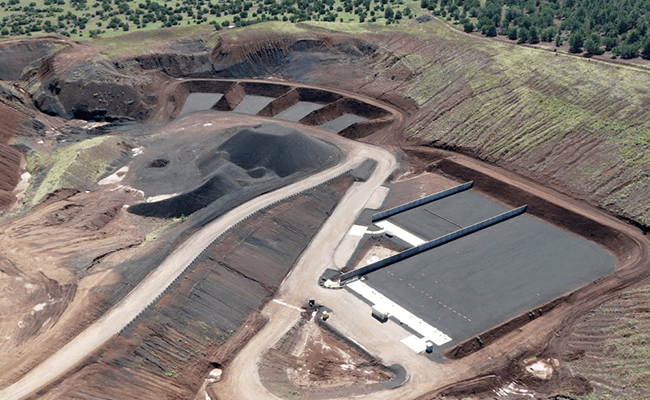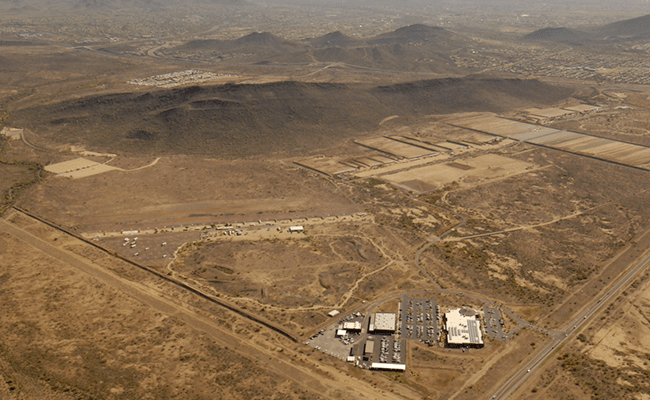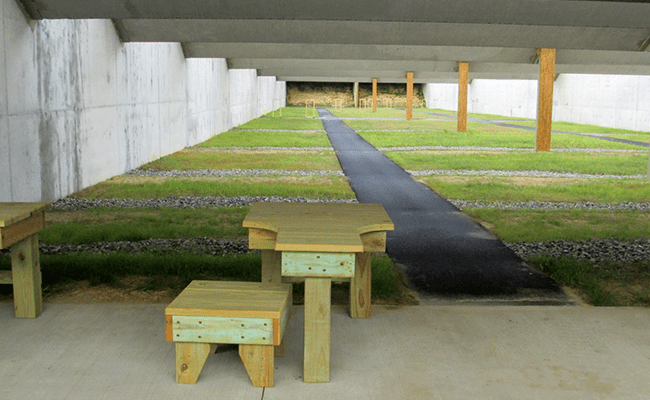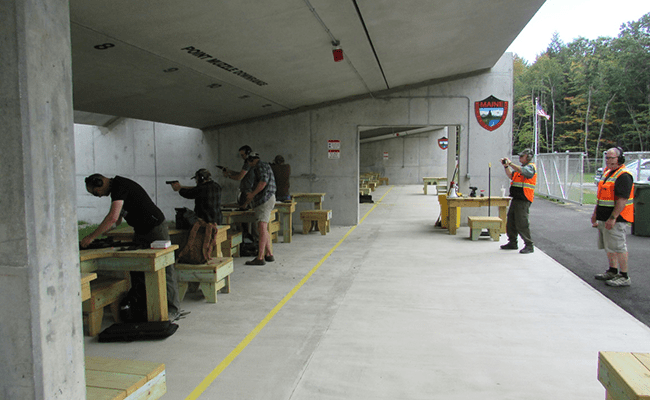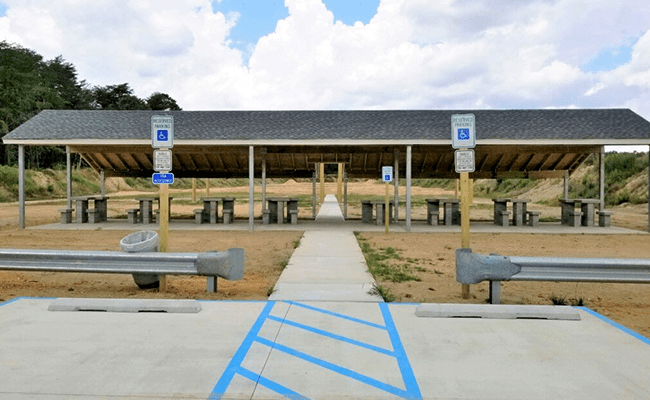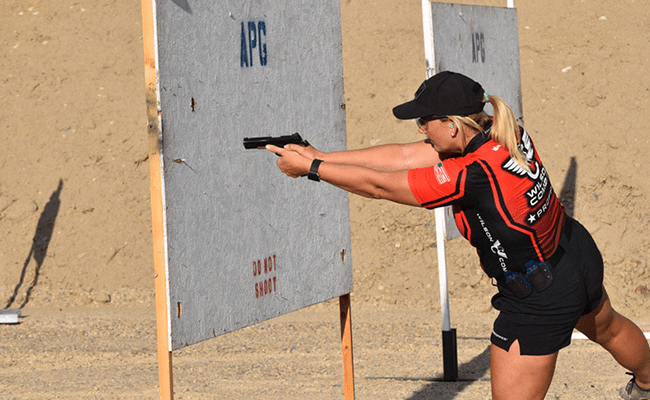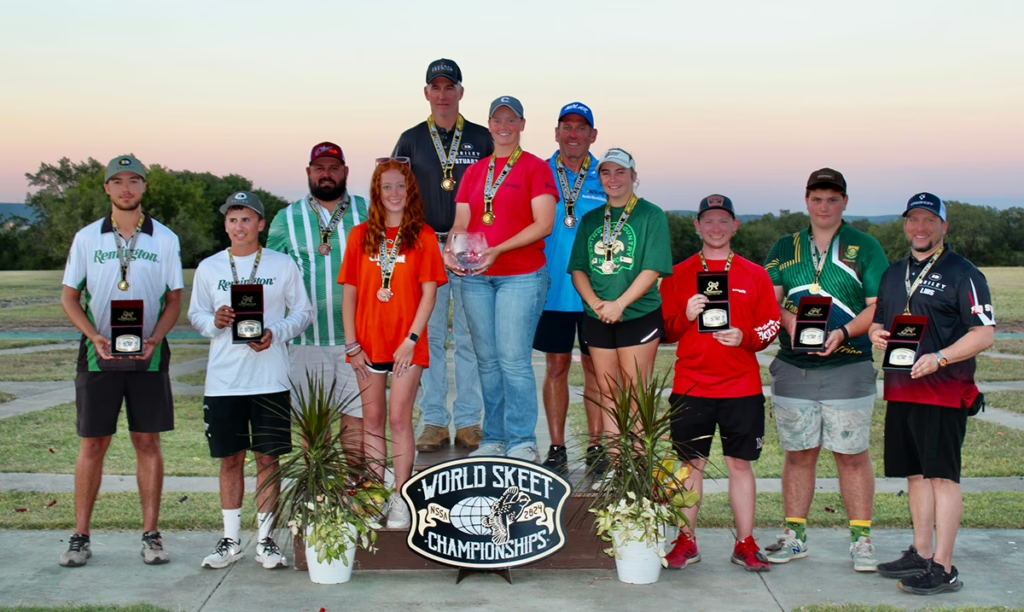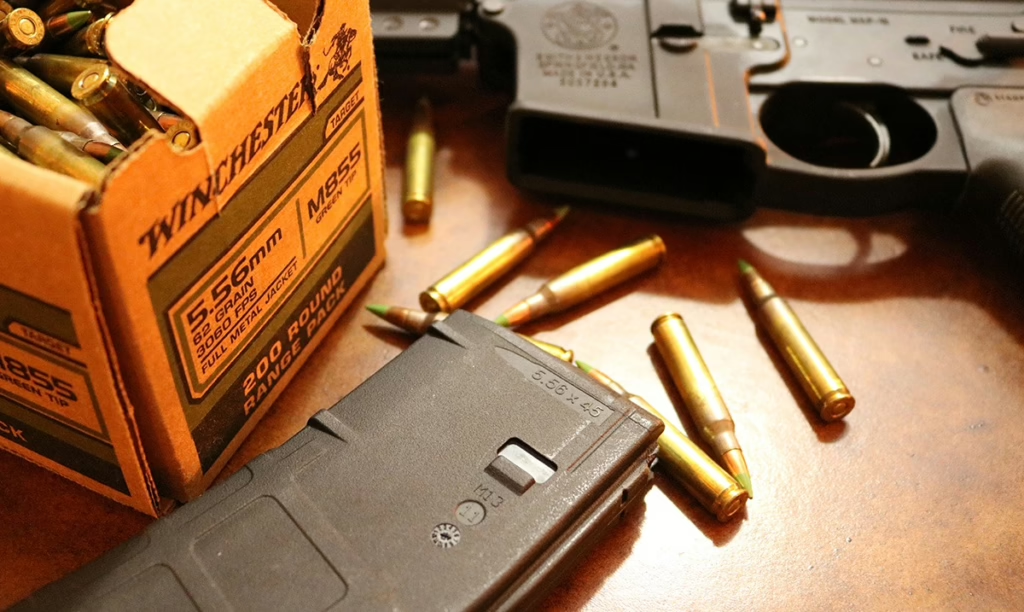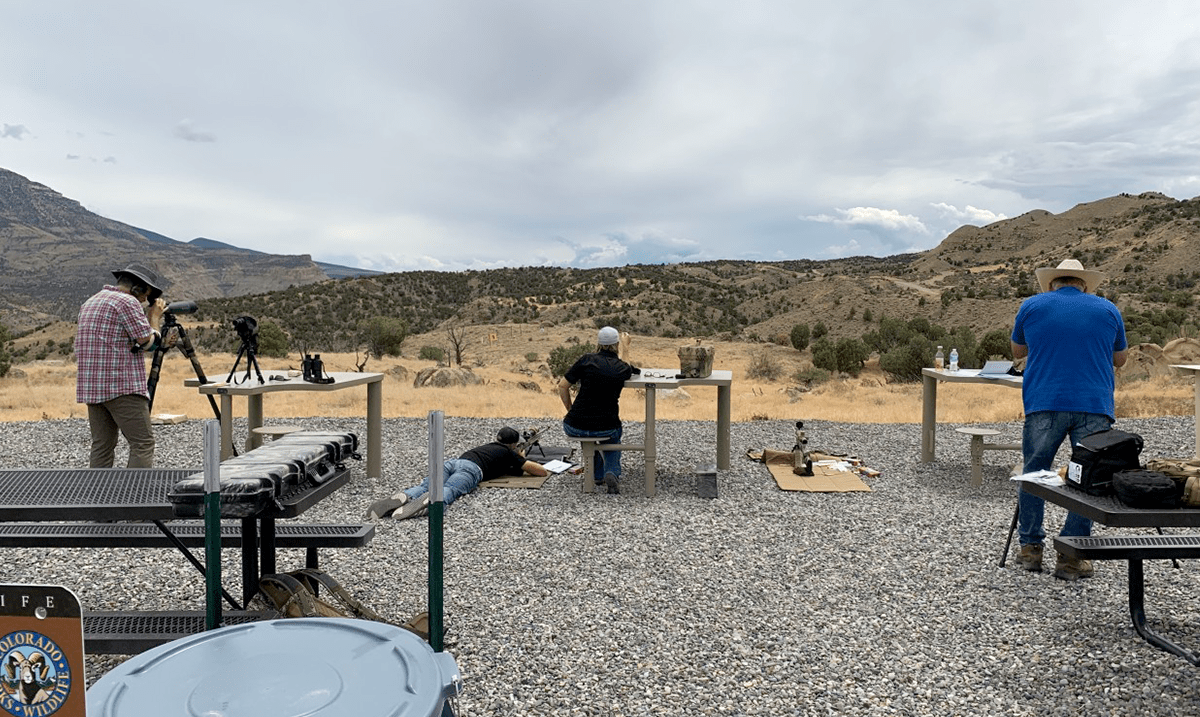
By Jodi Stemler
In the late 1930s, an existing excise tax on firearms and ammunition was redirected to state fish and wildlife agencies for species restoration. What became known as the Pittman-Robertson Federal Aid in Wildlife Restoration Act has provided over $12 billion to states since it was put in place. While the bulk of the funding is used for wildlife management, Pittman-Robertson funds have also been used by states to build and maintain shooting ranges. Now, with the Target Practice and Marksmanship Training Support Act signed into law in 2019, states have even more flexibility to use these funds to construct and enhance public shooting ranges.
Currently, there are more than 700 target shooting ranges, both archery and firearm, that have been funded in part using Pittman-Robertson dollars. Most are on state or federal public lands, but some private ranges that provide public access have also been upgraded using these funds. Here are just a few of the many examples of state-led public shooting ranges funded using industry-paid excise taxes on firearms and ammunition.
Arizona’s Shooting Investment
The Arizona Game and Fish Department (AZGFD) has invested in shooting opportunities for a number of years. The agency owns 10 public ranges around the state and has been focusing on shooting sports programs and facilities since at least the mid-1990s. Mike Raum, Shooting Sports Branch Chief for the department, says that at that time, AZGFD created a shooting range development grant program that utilized $100,000 per year of the agency’s game and fish funding to help ranges around the state improve. Those funds are in addition to the Pittman-Robertson funds the state has directed to range development, and those investments have been significant.
The AZGFD’s Ben Avery Shooting Facility (BASF), located on 1,650 acres north of Phoenix, is one of the largest publicly operated ranges in the country, hosting approximately 230,000 users every year. The range was originally built in 1959, and significant construction was done, in part using Pittman-Robertson funds, in preparation for hosting the 1970 International Shooting Sport Federation World Championships.
Over the years, the agency has continued to support improvements to aging infrastructure, evaluating what shooting activities its customers want to build or expand new shooting opportunities. Today, the BASF boasts a public firearm range with 67 positions at distances of five to 200 yards, as well as five field archery ranges, a shotgun area and specialty ranges for disciplines including practical pistol, long-distance rifle and more. The Clay Target Center, which throws over six million clay targets each year, offers standard and Olympic trap and skeet, sporting clays, 5-stand and wobble trap. There is also a 99-site campground, and shooters have been known to arrive at the facility and stay for weeks to shoot during the predictable weather of Arizona’s winter months. The agency also works with over 170 “user groups” that support additional programs such as concealed carry instruction and specific shooting disciplines. These user groups help maintain the facility as well as build connections with new shooters.
Ben Avery isn’t the AZGFD’s only range. The agency maintains nine other public ranges across the state, and it recently coordinated a special-use permit with the U.S. Forest Service to construct the Second Knoll Target Range, collaborating with the White Mountain Shooters Association to manage the facility. AZGFD has put close to three-quarters of a million dollars of mostly Pittman-Robertson funding into the first phase of construction that includes berms, concrete shooting pads, canopies and new facilities. This new range has helped to alleviate some challenges the Forest Service had with makeshift shooting sites and safety issues.
“Some of the improvements that we use Pittman-Robertson funds for, like berm maintenance or addressing lead concerns or restroom facilities, might not seem particularly flashy, but they tie in with best-management range practices and critical safety needs,” commented Raum.
Perhaps most importantly, AZGFD sees that recreational shooters are a key constituency helping to pay into the Pittman-Robertson funding program. The agency conducted a survey of shooters at the Ben Avery facility during the Thanksgiving and Christmas weeks of 2019. It found that only 19 percent of rifle and pistol shooters and 28 percent of clay target shooters held an Arizona hunting license. Though not necessarily surprising, the numbers show that it’s critical the agency provides plenty of opportunities focused entirely on recreational shooting.
“State fish and wildlife agencies are recognizing that recreational shooters pay a large portion of excise taxes on their guns and ammunition that feed into the Pittman-Robertson program, but many of them don’t hunt,” said Raum. “I’m a hunter, and while hunting and wildlife conservation is a big part of the Pittman-Robertson program, we need to invest in our public shooting ranges so these shooters also get a return on their investment.”
East Coast Upgrades
States on the East Coast also recognize that public shooting ranges are necessary to support recreational shooters. Judy Camuso, Commissioner for Maine’s Department of Inland Fisheries and Wildlife, admits she wasn’t always a recreational shooter. But working to improve range facilities in her state has gotten her out on the range, and she is loving it.
The agency recently invested in upgrades for an area just outside of the state capital of Augusta that had been used by shooters but wasn’t a formal range. While the state had a small grant program that offered up to $50,000 for smaller clubs to improve their range safety and access, Summerhaven was its first leap into a larger range.
Summerhaven, which opened over the past year, is free to the public and open when there are range safety officers on the property. The facility offers rifle ranges and an archery area. Camuso says the agency had plans for youth and women-only shooting programs but haven’t been able to implement them yet due to COVID-19 restrictions. The agency is also looking at the possibility of developing a new facility in southern Maine, in partnership with a local club.
“We want these ranges to be a model showing that you can have shooting ranges in proximity of people and can do it safely, mitigating the noise and containing the lead,” noted Camuso. “I didn’t grow up shooting, but I really enjoy it. I’m hopeful that these facilities will provide the opportunity for other new shooters and help welcome non-traditional users to the fold.”
Even in an urban state like New Jersey, range development using Pittman-Robertson funds is gaining traction. The New Jersey Division of Fish and Wildlife recently conducted range upgrades to the shooting facility on the Millville Wildlife Management Area. The range now offers a covered firing line with eight new individual shooting stations, including one that is ADA-compliant (ADA is Americans with Disabilities Act). There are also reinforced concrete baffles downrange and improved berms that eliminate the potential for bullets to travel beyond the backstop. It is the longest range, just over 200 yards, managed by the agency.
More Than A Cameo Performance
If there is one range that has the potential to be the national showpiece for how state fish and wildlife agencies can develop a recreational shooting facility, it is the Colorado Parks and Wildlife’s (CPW) Cameo Shooting and Education Complex outside of Grand Junction. The facility, which opened in 2018, is working to become one of the premier shooting destinations in the country.
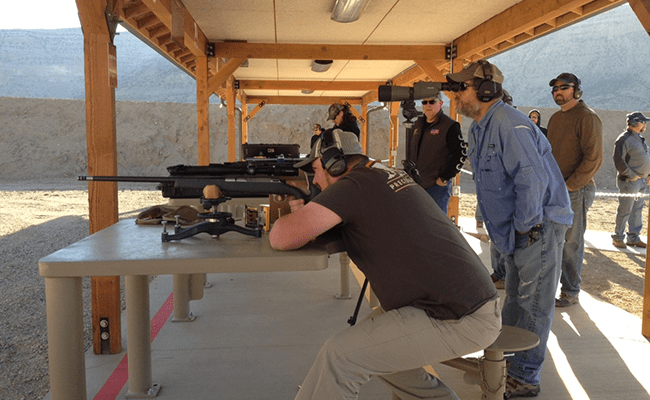
Precision rifle shooting at the Cameo Shooting and Education Complex base camp shooting bays (Credit: Colorado Parks and Wildlife)
“Colorado Parks and Wildlife has had an increased focus on shooting ranges over the last decade or so, particularly as some of our shooting opportunities on federal public lands have decreased,” said CPW Northwest Regional Manager J.T. Romatzke. Like other state agencies, CPW has managed a range development grant program using Pittman-Robertson funds and offers up to $250,000 annually for shooting clubs and local communities to establish, improve or expand shooting ranges across the state. However, the Cameo Shooting and Education Center will be a world-class complex, designed and operated by CPW using Arizona’s Ben Avery facility as a model.
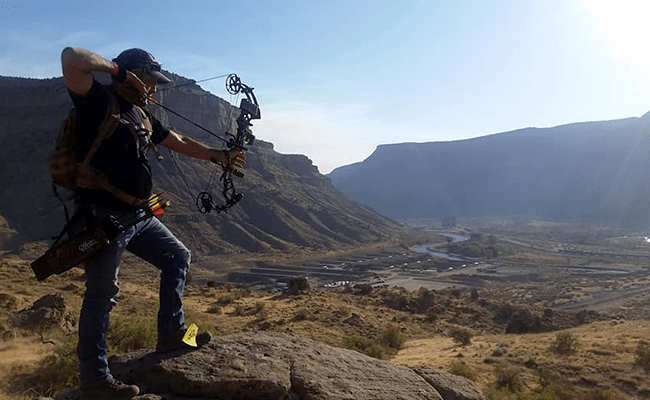
An archer on the 3D course overlooking the shooting bays at the Cameo Shooting & Education Complex near Grand Junction, CO. (Credit, Colorado Parks and Wildlife).
CPW invested nearly $6 million of Pittman-Robertson grant funding for the first phase of development of the Cameo complex. The facility now boasts 20 state-of-the-art shooting bays, including seven covered public-access bays from 40 to 200 yards for pistol, rifle, shotgun and archery, as well as 13 special-purpose event bays for competition and training events. The archery bay offers 3-D and standard targets at distances of 10 to 65 yards, and there are picnic pavilions available for reservation.
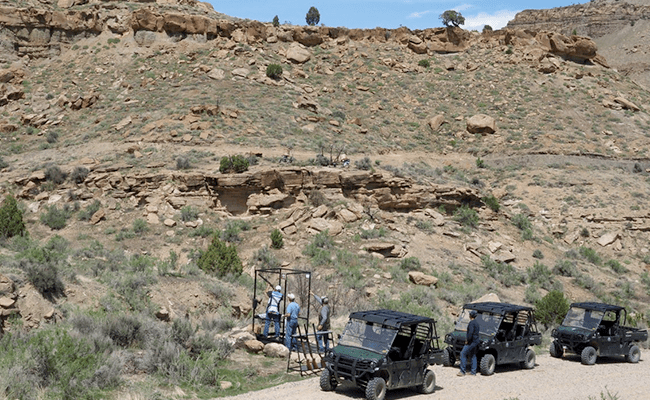
The sporting clays course at Cameo Shooting and Education Complex offers a challenging course on variable terrain with throwers that are changed regularly in order to keep bringing shooters back. (Credit: Tom Soucek, CSEC Sporting Clays Advisory Committee)
The complex has utilized the area’s terrain to its advantage, with challenging courses and new shooting experiences available in the surrounding canyons. There are two sporting clays courses that opened in late June 2020, with all of the shooting stations being wheelchair accessible. Construction of a 5-stand and wobble trap range are underway. In addition, there is a long-range precision rifle range with 20 steel targets from 100 to 2,000 yards, as well as 3-D archery trails with targets built into the natural topography to simulate a hunting experience. In addition, a terrain park is being built over 850 acres that will offer Precision Hunter Steel Challenge matches, along with an entirely new sport, mountain bike biathlon.
Managing the facility for CPW is professional shooter Walt Proulx, part of the Wilson Combat Shooting Team. Proulx’s and his staff’s enthusiasm for the potential for the facility is infectious. With his experience in practical shooting competition, Proulx helped design the facility with a shooter’s needs in mind. There is WiFi capability throughout the complex, allowing for comprehensive digital scoring during matches, and the long-range shooting targets beyond 400 yards have electronic sensors to mark a hit. Venues that encourage spectators and matches that are free to watch are also being designed, all in the hope of generating interest in recreational shooting by people who come to see an event.
With these enhancements, the incredible design of the facility, proximity to a quality airport and the generally temperate climate of the region, Proulx sees great potential in Cameo being a destination for major shooting events. The facility needs eight more shooting bays to be completed to host a U.S. Practical Shooting Association national championship, but it’s already hosting local events. Future construction projects at the Cameo complex will include a large indoor shooting facility with classrooms and a banquet hall. It is truly a world-class facility that can only help to grow the excitement for shooting sports.


